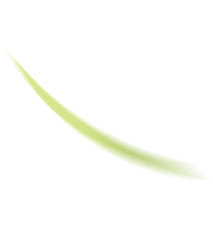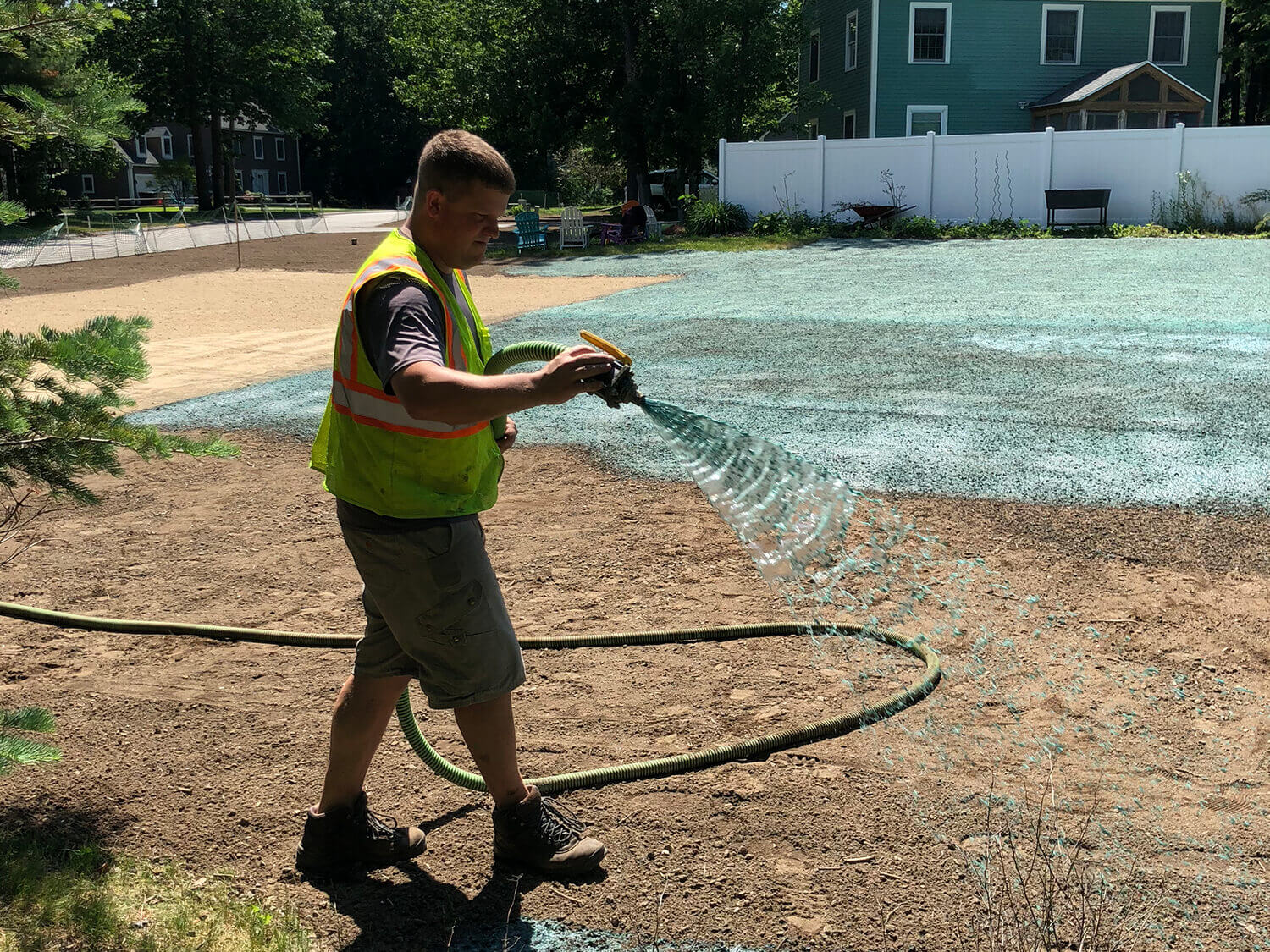After a rough winter, many Kennebunk, Maine residents look at their brown, patchy lawns and immediately search for ways to improve and/or replace their lawns. If you're one of them, don't worry…you're not alone!
Read on to learn some tips on how to get your Maine lawn back in shape.
Rake to remove thatch
Now that summer has almost arrived here in Kennebunk, it's time to start thinking about lawn care.
One of the first tasks on the to-do list is removing the thatch — the layer of older blades of grass, leaves, and debris left after the snow melts. Thatch can prevent sunshine and nutrients from reaching the roots of the new grass. A good raking will remove the thatch and anything leftover debris from the winter season.
Additionally, it may be a good idea to aerate your lawn. Poking holes in the soil will easily allow air and water to reach the roots. You'll help ensure a healthy, green lawn all summer long by taking these steps now.
Patch dead spots
Now that the snow has melted and the thatch has been removed, you can evaluate any dead spots that may have resulted.
You can either patch these spots with sod or reseed the area. Depending on how bad the patches are, you may decide a good reseeding is necessary. But if the patches are just here and there, sodding works quickly to fix small areas.
If you do decide that an overall reseeding of your lawn is the best solution, then you’ll want to take a sample of your lawn to see what seed to use. Red Fescue is native to Maine and won't need very much maintenance, but it isn’t the right choice for every yard.
Fertilizing
Kennebunk is home to some of the most beautiful turf in the country. The secret to this gorgeous southern Maine grass isn't just proper fertilization; it's also about using the right amount of fertilizer.
Applying too much fertilizer can kill a lawn and cause runoff. That's why it's so important to get a soil test before you start fertilizing your lawn. A soil test can help you determine how much fertilizer to use and if your lawn needs it. With a little bit of care, you can have a picturesque yard of your own!
Address any mold
Lawn care in the late spring can be a tricky business. As the weather starts to warm up, you may notice strange patches of dead grass appearing on your lawn.
This is most likely snow mold — a type of fungi that thrives in wet, cold conditions. While snow mold is not harmful to your lawn in the long term, it can be unsightly and spread to your yard's healthy parts if left untreated.
The best way to deal with snow mold is to apply fertilizer to the affected areas. This will help to speed up the decomposition process and allow your lawn to recover more quickly.
Repair irrigation
Now is the perfect time to make any necessary replacements or repairs on your lawn tools and equipment…especially your irrigation system. Be sure to check for any broken lines or sprinklers.
That way, your yard will be ready for the hotter summer months and you’ll be able to irrigate easily.
Now that you know a little more about getting your lawn back in shape, it's time to take some action!
If you have a home in Kennebunk, give us a call today for a free estimate on our lawn care services. We look forward to helping you achieve the beautiful southern Maine lawn you've always wanted.






